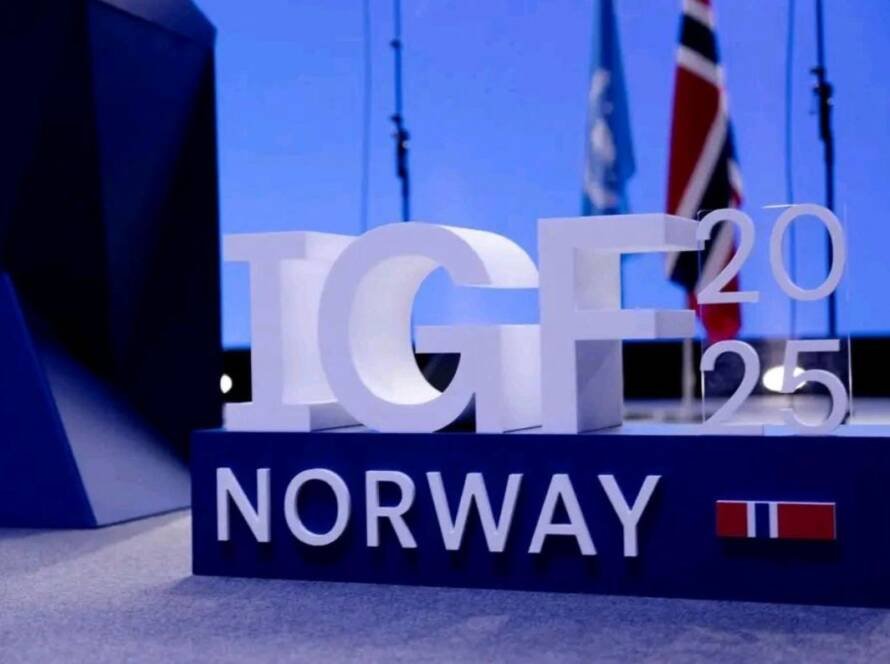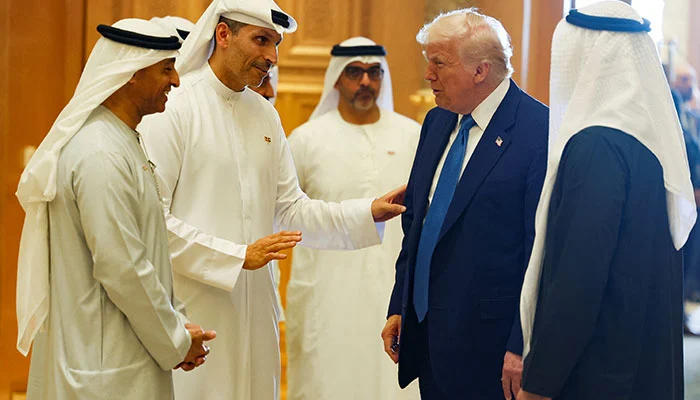
A Historic Energy Partnership
In 2025, the United Arab Emirates (UAE) and the United States sealed a groundbreaking $440 billion energy sector deal that has drawn global attention. The agreement—one of the largest bilateral energy investments in history—aims to transform energy cooperation across oil, gas, and renewables while advancing both nations’ long-term climate and energy security goals.
This mega-deal goes beyond simple commercial interest. It symbolizes a strategic alliance at the intersection of economics, sustainability, and geopolitics. But what does it actually mean for global energy markets?
Explore more about UAE Firms in Al-Rawdah SEZ
What the $440 Billion Deal Covers
The UAE’s investment will be spread over the next decade and includes:
Expansion of liquefied natural gas (LNG) terminals and pipelines across the US
Joint ventures in hydrogen and ammonia production
Strategic oil reserve development
Massive investments in renewable energy, including solar, wind, and nuclear technologies
R&D in carbon capture and storage (CCS) and clean tech
This investment package combines state-backed and private sector funds, with major UAE entities like ADNOC and Masdar partnering with leading U.S. energy firms and clean tech innovators.
Why the UAE is Investing in US Energy
The UAE’s interest in the U.S. energy market is both strategic and forward-looking. Here’s why:
1. Energy Security Diversification
While the UAE is a global energy exporter, investing in U.S. infrastructure allows it to diversify its energy portfolio and hedge against regional risks.
2. Green Transition Goals
The UAE has pledged net-zero emissions by 2050. By investing in U.S.-based renewable projects and carbon capture technology, it fast-tracks its own energy transition while supporting global climate goals.
3. Strengthening US-UAE Relations
This deal further solidifies a robust geopolitical alliance between the two nations. It ensures long-term cooperation not just in energy, but also in defense, innovation, and technology.
4. Global Market Influence
By co-investing in the U.S.—the world’s largest energy producer—the UAE boosts its influence in shaping future energy policies, prices, and innovation trends globally.
What It Means for the US
The U.S. stands to gain significantly from this agreement:
Job creation in the energy and infrastructure sectors
Boost to domestic clean energy manufacturing
Enhanced energy export capabilities, especially LNG and hydrogen
New capital for clean tech startups and innovation hubs
With bipartisan support for energy independence and clean energy investment, the deal is widely seen as a win-win for the U.S. economy and its environmental agenda.
Global Implications of the Deal
The ripple effects of the UAE’s $440 billion energy deal with the U.S. extend far beyond their borders.
Market Stabilization: In a time of energy volatility, this long-term agreement signals market stability and commitment to sustainable development.
South-South Collaboration: It sets a new benchmark for collaboration between Gulf states and Western economies, particularly in clean energy.
Acceleration of Energy Transition: By mobilizing capital at this scale, the deal fast-tracks the global shift from fossil fuels to renewable sources.
Moreover, this investment underscores the importance of energy diplomacy—where strategic partnerships influence not only supply chains, but also climate policy and innovation standards worldwide.
Learn more about Global Data Center
Conclusion: A New Era in Global Energy Relations
The UAE’s $440 billion energy deal with the United States is more than just a financial commitment—it is a vision for a cooperative, diversified, and sustainable energy future. It aligns energy production with climate ambition, economic growth with innovation, and national interests with global responsibility.
As countries navigate the complexities of energy transition, this landmark deal could serve as a blueprint for future international collaborations. It marks a pivotal moment where energy, economics, and diplomacy converge to shape the future of the planet.
Learn more about UAE Strategy




